 It doesn’t seem that long ago when the first details of Paper Mario (or Mario Story, as it’s called in Japan) began surfacing–a spiritual successor to Super Mario RPG, the dev team went on record as saying they wanted the world to look like an “animated painting.” And the N64’s swan song truly was a sight to behold–doors folded down when you entered a building, objects fluttered and folded into place like real paper, and even the characters grew paper thin.
It doesn’t seem that long ago when the first details of Paper Mario (or Mario Story, as it’s called in Japan) began surfacing–a spiritual successor to Super Mario RPG, the dev team went on record as saying they wanted the world to look like an “animated painting.” And the N64’s swan song truly was a sight to behold–doors folded down when you entered a building, objects fluttered and folded into place like real paper, and even the characters grew paper thin.
The classic “save Princess Peach” story was combined with the “save the stars” plot in Super Mario RPG to create a new story–while not original by any means, it still has its charm even today, setting the stage for the more imaginative plots the two sequels would later sport. Furthermore, Peach actually helped Mario throughout the story by sneaking out of her room to gather items and intelligence, culminating in the final fight against Bowser, where her wishes actually powered up your ultimate attack rather than being relagated to the background as she had in the past.
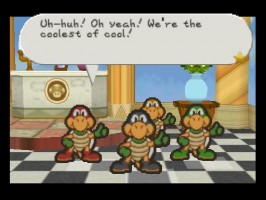 Also present was the series’ unique sense of humor–there were little references to the Mario universe, (such as the Mario theme playing on the record player in Boo’s Mansion and if you waited for a bit at the chapter opening screens, to name a couple of examples) the fourth wall was broken, Mario interacted realistically with the characters and the world (barring a few comic moments such as walking onto thin air towards the very beginning), and even the text would occassionally adapt to the action onscreen. While a little more subdued compared to its two sequels, the humor gave the game its own charm.
Also present was the series’ unique sense of humor–there were little references to the Mario universe, (such as the Mario theme playing on the record player in Boo’s Mansion and if you waited for a bit at the chapter opening screens, to name a couple of examples) the fourth wall was broken, Mario interacted realistically with the characters and the world (barring a few comic moments such as walking onto thin air towards the very beginning), and even the text would occassionally adapt to the action onscreen. While a little more subdued compared to its two sequels, the humor gave the game its own charm.
The paper world, classic story, and charming dialogue didn’t mean the game was easy–there were some points that were downright hard if you didn’t know what you were doing (and even if you did). However, the badges and the partners allowed for experimenting with different combinations until the player found something that worked–and not every challenge had an obvious solution–some puzzles required that you paid close attention. (such as the Guard Doors in Bowser’s Castle).
So how does all of this hold up ten years after its release? I still say it still has all the makings of a classic, and whether you’re playing for the first time of the hundreth, chances are you’ll find something new.
I keep coming back to the game because of the story–the game immediately gives you cause for concern about Mario’s survival, and gives you the resolve to rescue the seven Star Spirits and give Bowser his well deserved beatdown. Just worrying over whether or not Mario will survive long enough to begin the story (even though you know he will) is enough to make me want to play, 10 years later.

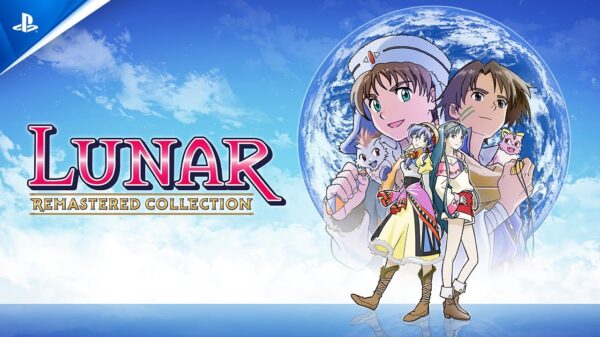
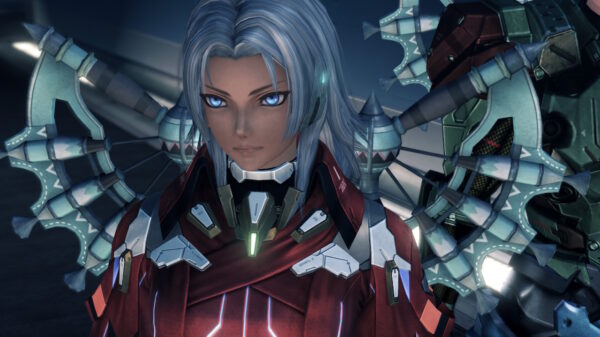
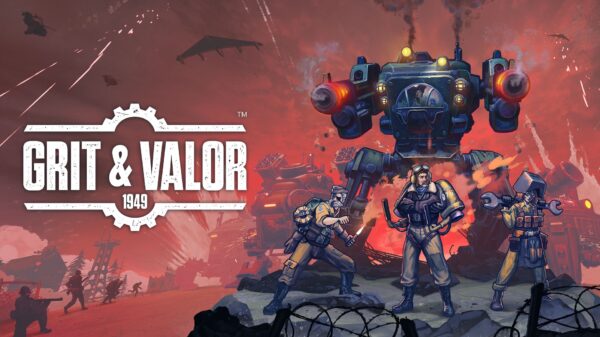
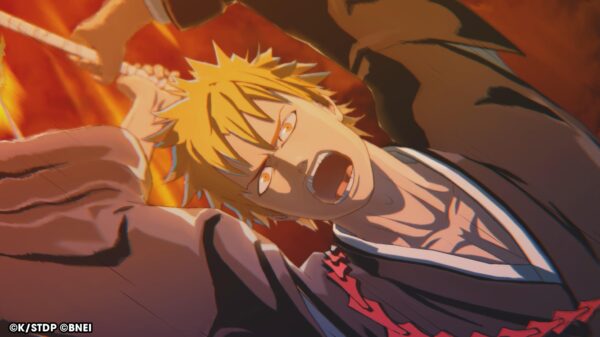
















































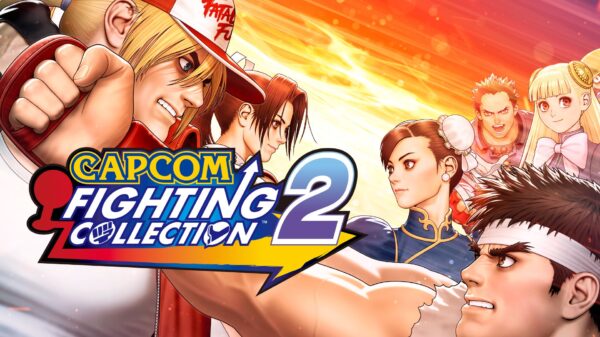
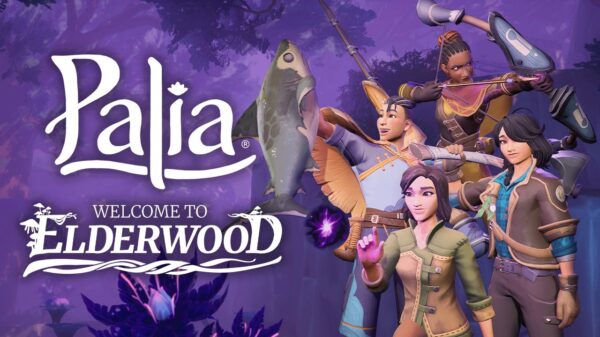
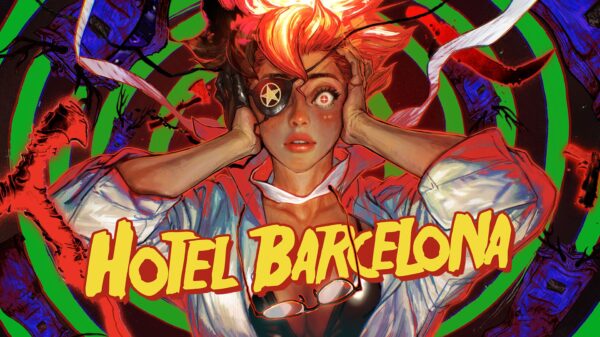



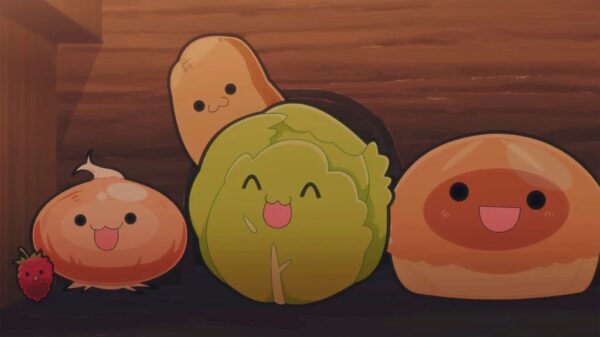

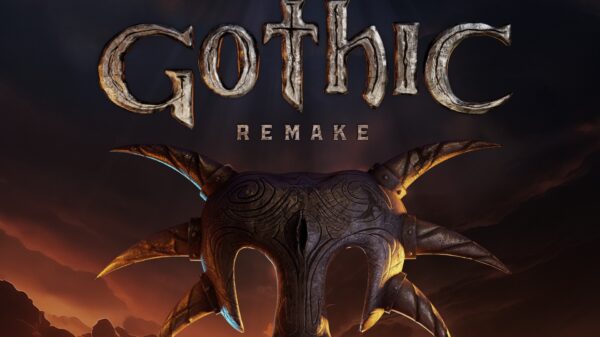
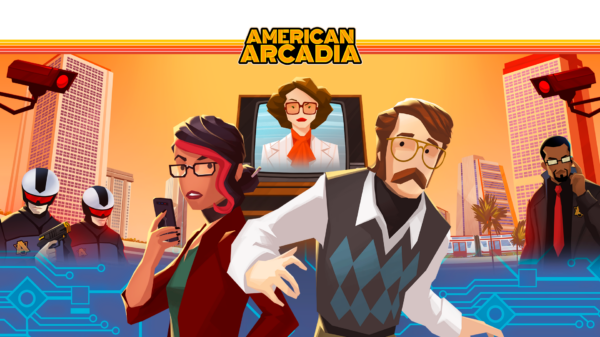










































Nassoyar
March 11, 2013 at 8:42 am
I just wanted to say that I read this. Also, I enjoyed it.